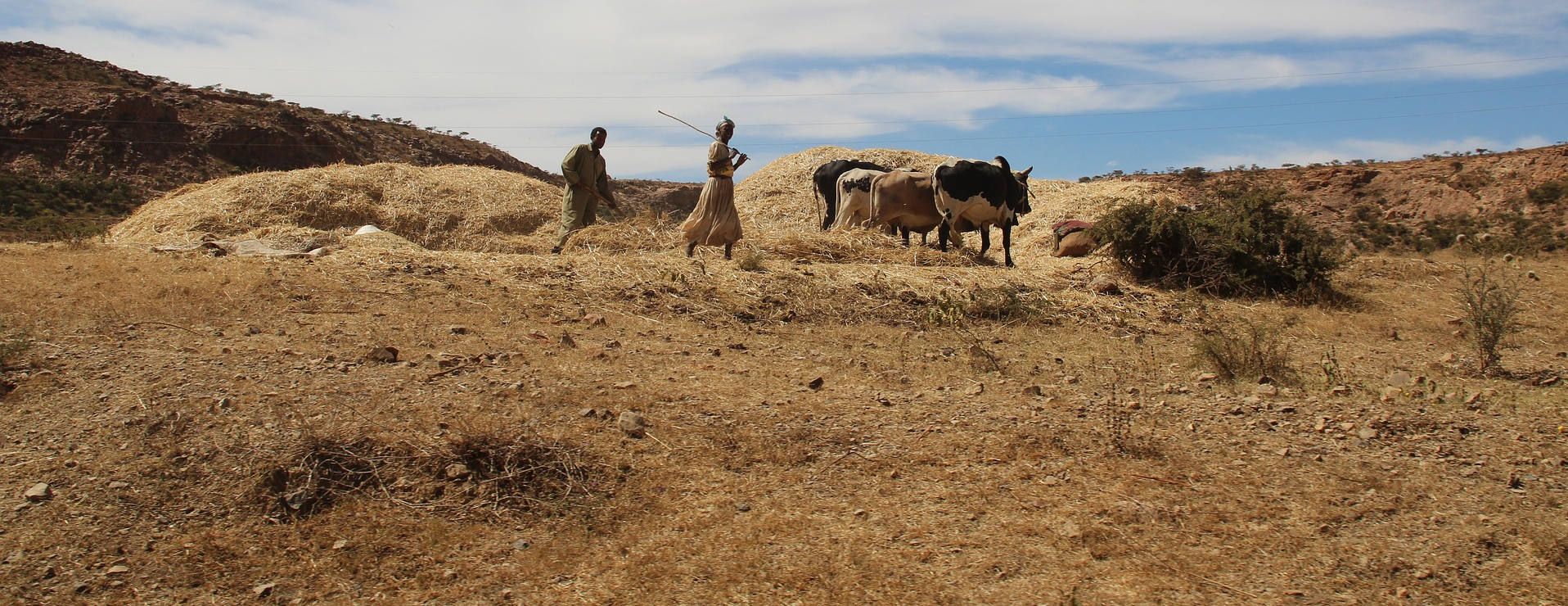
Mr. Firoz Ahmad and Dr. Laxmi Goparaju of VENHF have authored a research paper titled 'Geospatial Approach for Agroforestry Suitability Mapping: to Enhance Livelihood and Reduce Poverty, FAO Based Documented Procedure (Case Study of Dumka District, Jharkhand, India)' in journal 'Biosciences Biotechnology Research Asia'. The open access article can be accessed on the journal's website here. An excerpt from the abstract and the full paper is also reproduced below:
The Landsat satellite data, ASTER DEM and decadal annual rainfall datasets were utilized to generate wetness, land use/ land cover (LULC), elevation, slope, and rainfall map. LULC map was utilized to identify the open area land in which agroforestry suitability was evaluated. Various thematic layers such as soil nitrogen (N), phosphorus (P), potassium (K), organic carbon (C), pH and sulphur (S) were used for generating nutrient availability map. The agroforestry suitability map was generated utilizing the layers viz. nutrient availability, slope, wetness, rainfall and elevation by GIS integration/modelling in ArcGIS 10.1 software by providing different weight to each thematic layer as per its importance in the study area. The thematic layer weight was calculated based on pairwise comparisons (a standard statistical procedure). Finally agroforestry suitability maps were generated in the form of high, medium and low grid with spacing (1km × 1km).
We congratulate the authors
{aridoc engine="pdfjs" width="100%" height="480"}embeds/agroforest_poverty_venhf_2017.pdf{/aridoc}

